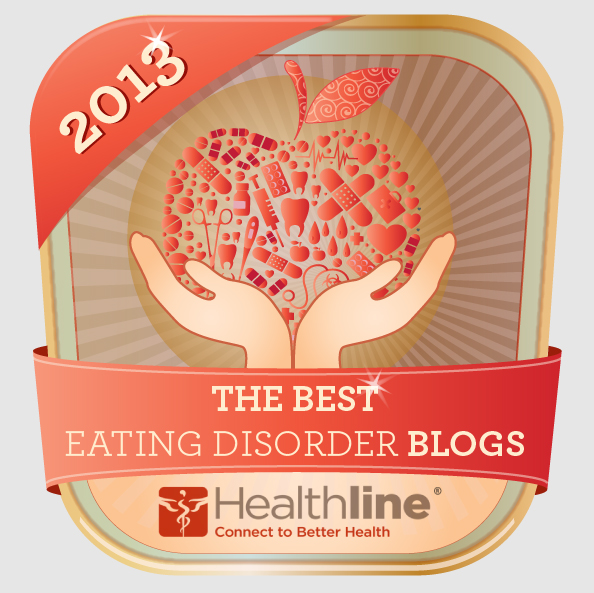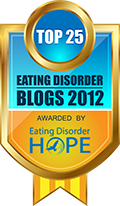
Characterized by an excessive preoccupation with defects in physical appearance, real or imagined, people with Body Dysmorphic Disorder have an exaggerated view of how they look. They are obsessed with perceived flaws and often see themselves as ugly, and even disfigured. Even when reassured by others that their perceived flaws are not noticeable and that they look fine, those with BDD generally find it very difficult to control negative thoughts about their appearance.
People with this disorder commonly focus their obsessions on the face or head. They may be preoccupied with thinning hair, wrinkles, the color/shade of their skin, size and shape of their ears, nose, eyes, and jaw but may also include other body parts such as arms, legs, stomach, hips, genitals, and overall body size. Suffers may endure repeated plastic surgery procedures in an attempt to rectify these imagined defects. It is not uncommon for those with BDD to shun the company of others, whether at work or socially.
BDD usually beings in adolescence and affects both males and females. It often goes undiagnosed or is misdiagnosed due to the symptoms being similar to other disorders such as panic disorder, social phobia, agoraphobia, OCD, and depression. Testing is done by a psychiatrist or psychologist and will include administering the BDDQ (Body Dysmorphic Disorder Questionnaire).
Symptoms:
- Frequently comparing appearance with that of others
- Repeatedly checking the appearance of the specific body part in mirrors or other reflective surfaces
- Refusing to have pictures taken
- Wearing excessive clothing, makeup and hats to camouflage the perceived flaw
- Using hands or posture to hide the imagined defect
- Frequently touching the perceived flaw
- Picking at one's skin
- Frequently measuring the imagined or exaggerated defect
- Elaborate grooming rituals
- Excessive researching about the perceived defective body part
- Seeking surgery or other medical treatment despite contrary opinions or medical recommendations
- Seeking reassurance about the perceived defect or trying to convince others that it's abnormal or excessive
- Avoiding social situations in which the perceived flaw might be noticed
- Feeling anxious and self-conscious around others (social phobia) because of the imagined defect. (mayo clinic)
The Cause of Body Dysmorphic Disorder is unclear. There are a number of factors that may be involved and may occur in combination, according to researchers. These include:
- Obsessive Compulsive Disorder
- Eating Disorders
- Anxiety Disorder
- Chemical Imbalances of the Brain
Treatment:
"Treatment for body dysmorphic disorder may involve a combined approach involving medication and talk therapy (psychotherapy). Antidepressant medications used along with cognitive behavior therapy can help people with body dysmorphic disorder manage the obsession and anxiety about their appearance, increase confidence in how they look, and obtain normalcy in their social and work lives."
See also: Body Dysmorphic Disorder(BDD):Self-Assessment Tests
sources:http://www.healthyplace.com
http://www.mayoclinic.com
picture:bigfoto.com


 2
comments
2
comments




















